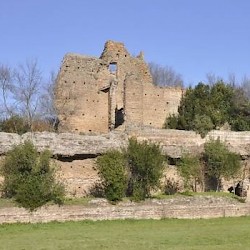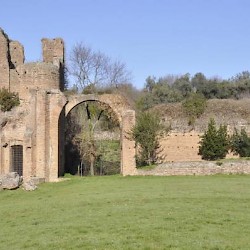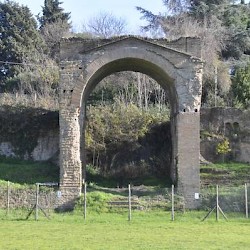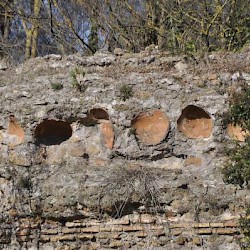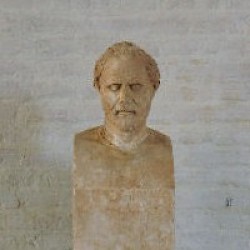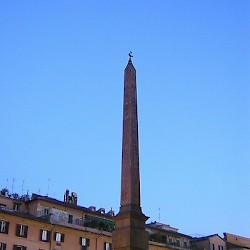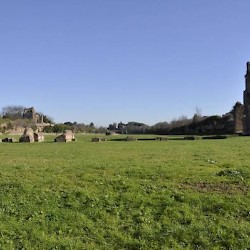Rome, Circus of Maxentius
Q1457351Circus of Maxentius: Roman hippodrome, close to the Via Appia.

The Circus of Maxentius was built during the first decad of the fourth century near the Via Appia and is - without exaggeration - the best preserved of all Roman circuses. 513 meters long and 91 meters wide, it could accomodate some 10,000 people. It was part of an imperial villa that was (probably) never used. Of course, the complex was splendidly decorated. For example, a herm with a bust of Demosthenes, a good copy of a herm that stood on the Agora of Athens, has been excacated in the circus.
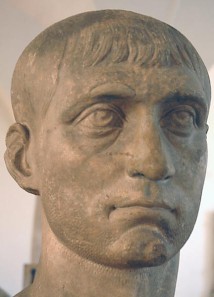
Its builder was the emperor Maxentius, who had usurped power in 306. One source to gain legitimity was his hold on Rome: the old city was, as capital of the Mediterranean Empire, still of an enormeous symbolic value. He showed his mastery with an impressive building programme. However, he was not recognized by the other emperors, of which Galerius (in the east) and Constantine I the Great (in the west) were the most important. The latter defeated Maxentius in 312 near the Milvian bridge, north of Rome. It is possible that Maxentius' circus was never used.
There are several interesting details to be mentioned. One of them is that it was made of the usual materials (bricks and occasionally natural stone) but that, to keep the structure as light and elegant as possible, old amphoras were recycled in the structure. We also known that there was an obelisk on the raised median, the spina. It is not shown on the model of the Circus of Maxentius at the Museo nazionale della civiltà romana.
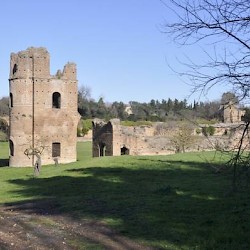 Rome, Circus of Maxentius, Entrance from the Via Appia |
 Rome, Circus of Maxentius, Spina |
 Circus of Maxentius, general view |
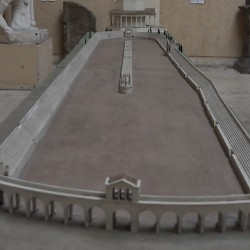 Rome, Circus of Maxentius, Model |
The obelisk now stands at Rome's famous Piazza Navona. It is not a real Egyptian obelisk: the monument was erected in 81 CE and dedicated to Domitian, who had just become emperor, and stood at the temple of Isis. Later, it was brought to the Circus of Maxentius, and in the seventeenth century returned to a place near its old site, where it now adorns Bernini's famous Fontana dei quattro fiumi.

